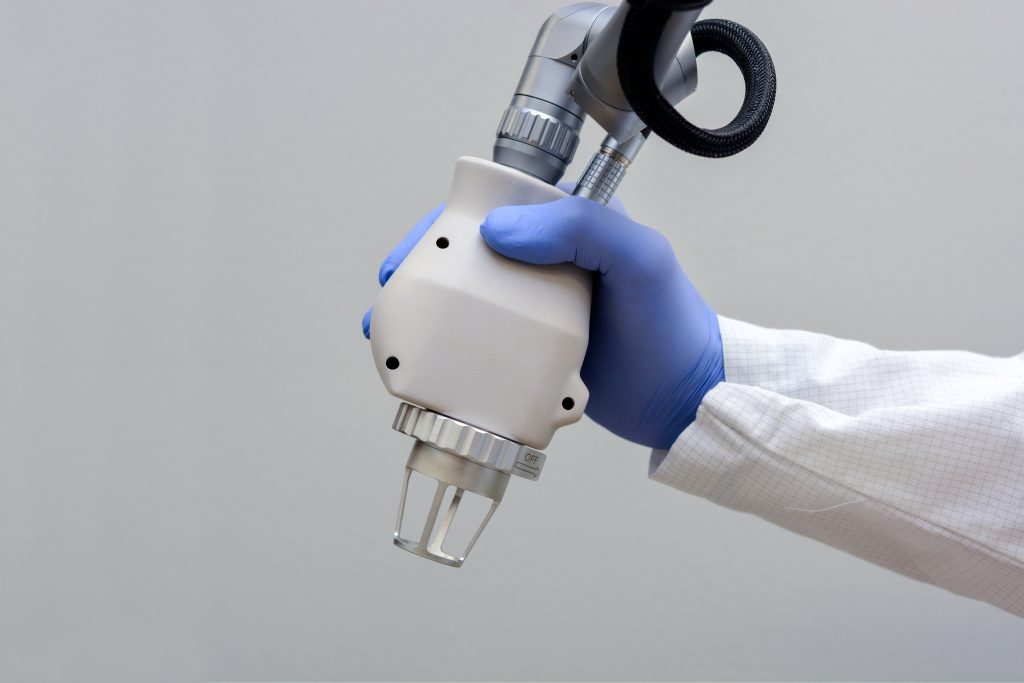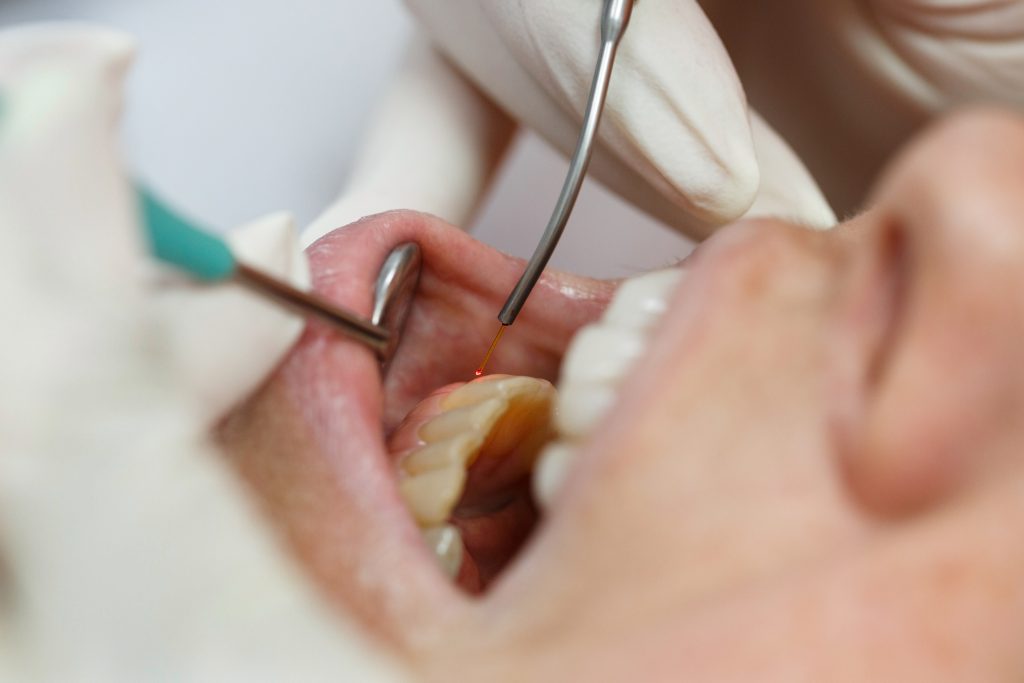
Are you looking to integrate laser technology into patient care? This month, Morven McCauley shares a guide to choosing the right one for you.
Recent studies have reported the frequency of peri-implantitis to be in the range of 1-19%. It’s a condition that surely all implant dentists have been presented with.
Traditionally, treatment approaches have included mechanical debridement, the use of chemotherapeutic disinfectant agents and smoothing of the implant surface. But with the influx of multifunctional lasers into dentistry over the last decade, the current literature is showing promising therapeutic effect in application for the treatment of peri-implantitis.
Implant dentists looking to integrate laser technology into their patient care and treatment modalities for peri-implantitis need to begin with an understanding of the various types of lasers available.
Each device and wavelength range available offers specific capabilities and applications. In addition, the choice of the laser will depend on the specific requirements of the peri-implantitis treatment.
Is it therefore possible to have just one type of laser in your toolkit? Let’s discuss further…
Types of lasers
Er:YAG laser (erbium-doped yttrium aluminum garnet)
Wavelength:
- Approximately 2,940 nm.
Applications:
- Ideally applied with surgical exposure of the infected implant for direct debridement with both direct laser and irrigation application
- Removes granulation tissue and bacterial biofilm without damaging the implant
- Useful for both hard and soft tissue applications.
Benefits:
- Minimal thermal damage to surrounding tissues
- Most FDA (Food and Drug Administration) cleared laser for a host of dental procedures
- The majority of Er lasers have internal irrigation which provides additional debridement properties.



CO2 lasers (carbon dioxide)
Wavelength:
- Approximately 10,600 nm.
Applications:
- Recommended for early- to medium-stage peri-implantitis and mucositis when bone loss around the cervical portion of the implant is involved
- Effective for decontaminating the implant surface and surrounding soft tissues
- Can be used to excise inflamed tissue and for gingival contouring.
Benefits:
- Can be applied in a closed procedure, within the peri-implant pocket or in open flap procedures for more severe cases affecting implants apically
- High precision and minimal penetration depth, reducing the risk of damage to underlying structures
- Excellent haemostasis and reduced post-operative discomfort.
Diode lasers
Wavelength:
- Ranges from 810 nm to 1064 nm.
Applications:
- Used for soft tissue procedures, including decontamination and biostimulation
- Effective in reducing bacterial load and inflammation.
Benefits:
- Portable and cost-effective
- Provides good hemostasis and promotes faster healing.
Catch Morven’s previous Implant Insights columns:
Follow Dentistry.co.uk on Instagram to keep up with all the latest dental news and trends.
Adblock test (Why?)






